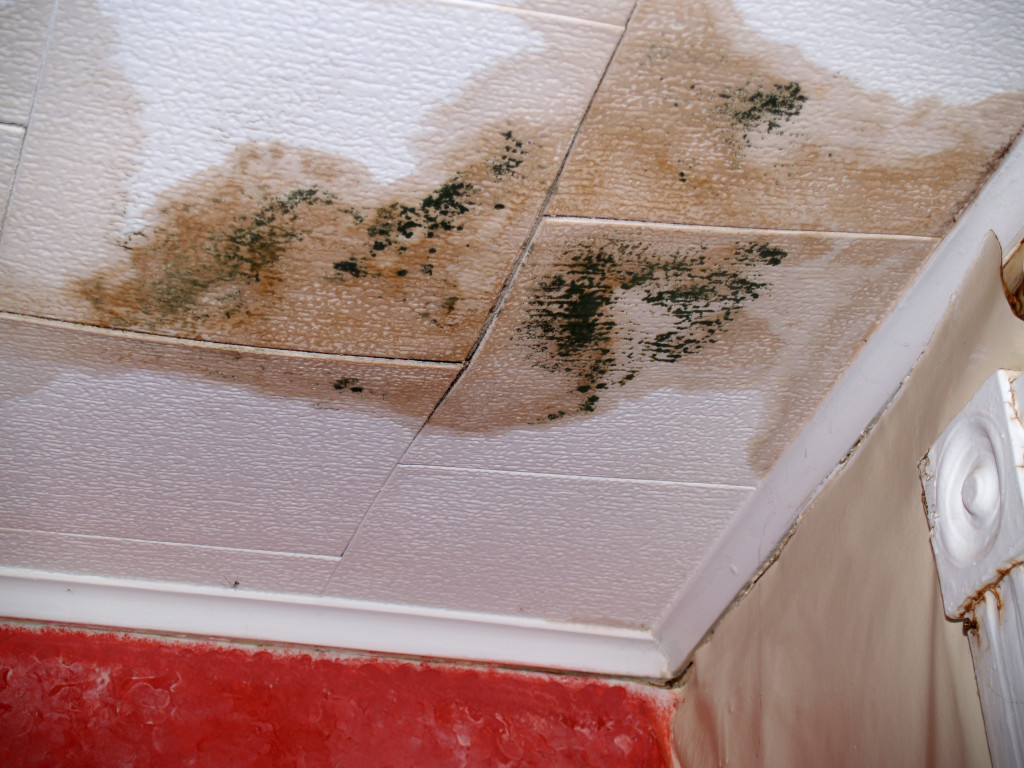Did you know that your home environment directly impacts your child’s health? It’s true! How you decorate and organize your home and what you choose to have in it can significantly impact your child’s physical, emotional, and social health. This article will explore five ways your home can affect your child’s health.
1. Radon Exposure in Your House
Radon exposure is a severe health hazard, and children are particularly at risk. Radon is a colorless, odorless gas that can seep into homes through cracks in the foundation. Once inside, it can build up to dangerous levels. Over time, exposure to high radon levels can increase the risk of lung cancer.
Children’s bodies are still developing, making them more susceptible to the damaging effects of radon exposure. In addition, they typically spend more time indoors than adults, increasing their vulnerability. As a result, reducing radon levels in your home is essential if you have children. Some simple measures include sealing cracks in the foundation and increasing ventilation.
While sealing cracks can be useful, it is not a long-term solution. Hence, you should rely on something that can help mitigate radon in the long term. You can use radon mitigation systems for this purpose. Hire radon testing service providers who can help determine your house’s radon level and install the mitigation systems. The radon mitigation systems will draw the radon out of the earth and channel it outside through pipes, preventing the entrance into your house.
2. Poor Indoor Air Quality
The quality of the air your family breathes at home has a direct impact on their health. The Environmental Protection Agency (EPA) ranks indoor air pollution among the top five environmental health risks. Children are especially vulnerable to poor indoor air quality effects.
Their immune systems are not yet fully formed, making them more susceptible to infections. Some common symptoms of poor indoor air quality include headaches, fatigue, dizziness, and respiratory problems such as asthma and bronchitis. If your child is experiencing any of these symptoms, it could be due to the air in your home. Fortunately, you can take steps to improve indoor air quality, such as using an air purifier or reducing household dust.
3. Mold Growth
Mold growth in your house can seriously impact your children’s health. Children exposed to mold are more likely to suffer from respiratory problems, including asthma and bronchitis.

In addition, mold exposure can cause allergic reactions, skin rashes, and headaches. If you suspect mold growth in your home, it is important to have the problem professionally remediated as soon as possible. In the meantime, keep your children away from any areas of the house where mold is present.
4. Lead-Based Paint
Lead-based paint is a hidden hazard in many homes. When the paint starts to chip and crumble, it can release lead dust into the air. This can be especially dangerous for children, who are more likely to get lead poisoning.
Lead poisoning can cause developmental delays, learning disabilities, and behavior problems. In severe cases, it can lead to coma and death. If you think your child may have been exposed to lead-based paint, you must talk to your doctor immediately. There are ways to treat lead poisoning, but the best way to protect your child is to prevent exposure in the first place. If you live in an older home with lead-based paint, keep your child safe by sealing up peeling paint and cleaning up any lead dust that may have been generated.
5. Pest Infestation
Children are highly susceptible to pest infestations in the home. This is because their Immune system is not as developed as an adult, and they are more likely to pick up bugs and other vermin. Pest infestations can cause some health problems for children, including skin irritation, respiratory problems, and even gastrointestinal issues.
In severe cases, pest infestations can lead to serious illnesses such as Lyme disease and West Nile virus. If you suspect your child has been exposed to pests, it is important to seek medical help immediately. A qualified physician can properly diagnose and treat your child’s condition. In the meantime, you can do a few things to minimize the risk of exposure, such as keeping food and water covered and disposing of garbage properly.
The state of your home has a direct impact on the health of your children. By taking steps to ensure that your home is clean and free of hazards, you can help to keep your children safe and healthy. Additionally, by being aware of the potential dangers that can be found in your home, you can take steps to avoid them and keep your children safe. By following these tips, you can help to ensure that your home is a safe and healthy environment for your children.
